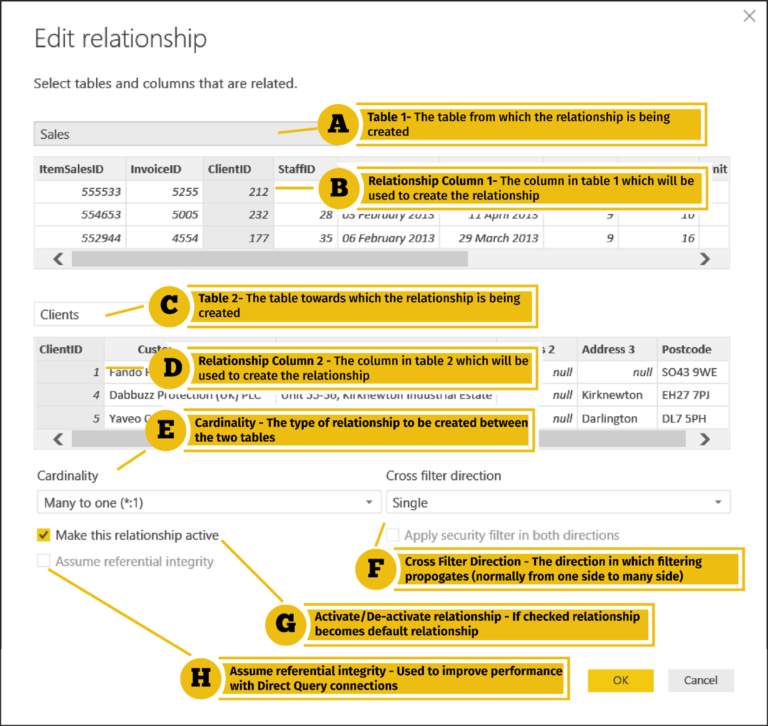Assemble Views
Power Query M language is a powerful tool that allows you to connect to various data sources within Power BI. One of these data sources is the Assemble Views data source. In this article, we will take a closer look at how to use Power Query M language to connect to the Assemble Views data source from inside Power BI.
What is Assemble Views?
Assemble Views is a cloud-based data platform that provides real-time access to BIM (Building Information Modeling) data. BIM data is typically used in the construction industry to manage and analyze building projects. Assemble Views allows you to access this data in a format that can be easily integrated with other data sources.
Connecting to Assemble Views from Power BI
To connect to the Assemble Views data source from inside Power BI, you will need to use Power Query M language. Power Query M language is a functional programming language that is used to create queries in Power BI. The language is designed to be easy to use and can be used to manipulate data from a variety of sources.
To connect to Assemble Views, you will need to follow these steps:
1. Open Power BI and click on the “Get Data” button on the Home tab.
2. In the “Get Data” window, select the “Assemble Views” data source and click on “Connect”.
3. In the “Assemble Views” window, enter your Assemble Views account credentials and click on “Connect”.
4. Once you are connected to Assemble Views, you will be presented with a list of available tables and views. Select the table or view that you want to use and click on “Edit”.
5. In the Power Query Editor, you can use the Power Query M language to manipulate the data as required. You can add, remove, and transform columns, as well as filter and sort the data.
Using Power Query M Language with Assemble Views
Power Query M language uses a functional programming approach to data manipulation. This means that you can define a series of steps that are executed in sequence to transform the data. Each step takes the output of the previous step as its input.
Here is an example of how to use Power Query M language to connect to the Assemble Views “Rooms” table and filter the data to show only rooms with a floor area greater than 100 square meters:
let
Source = AssembleViews.Tables(“Rooms”),
#”Filtered Rows” = Table.SelectRows(Source, each [Floor Area] > 100)
in
#”Filtered Rows”
This code defines a “Source” variable that points to the “Rooms” table in Assemble Views. The code then uses the “Table.SelectRows” function to filter the data to show only rows where the “Floor Area” column is greater than 100.
Conclusion
In conclusion, connecting to the Assemble Views data source from inside Power BI is a straightforward process that can be accomplished using Power Query M language. Power Query M language allows you to manipulate the data from Assemble Views in a variety of ways, making it a powerful tool for data analysis. By following the steps outlined in this article, you can start using Assemble Views data in your Power BI reports and dashboards.








